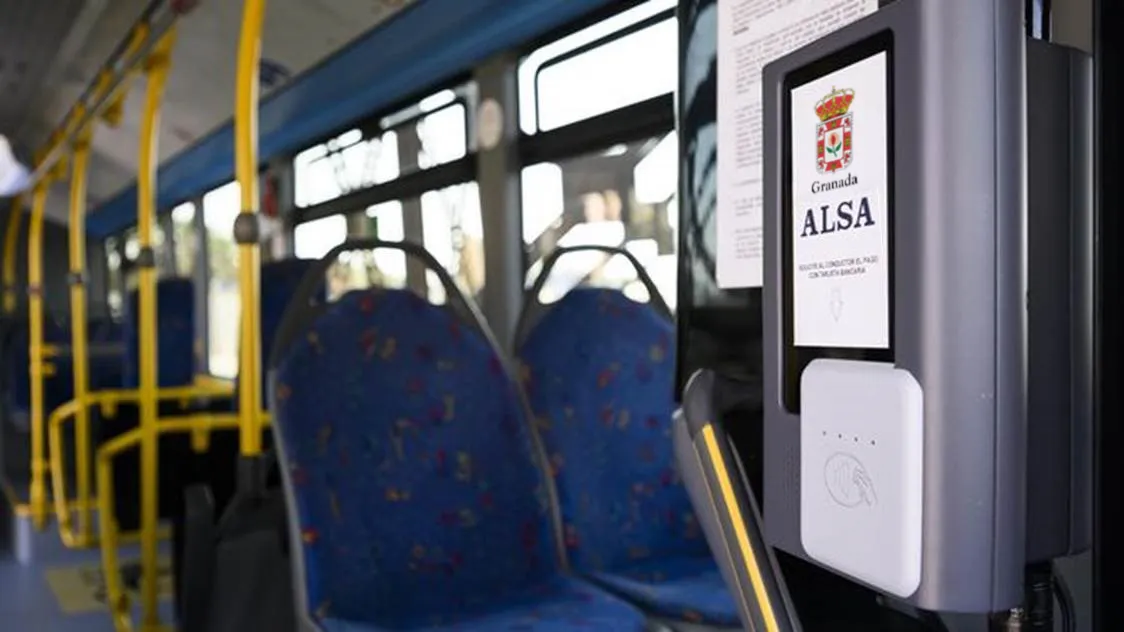French rail operator
The gate features an LED strip bordering glass doors that changes colour to indicate to travellers whether the gate is operational and their ticket has been validated or rejected. When a fare dodger is detected, an audible or visual signal warns security officers.
Designed for closed transport networks, the gate is modular, working with all ticketing formats including magnetic, contactless, NFC-enabled phone, or barcodes. This new generation equipment also meets privacy protection requirements.
French rail company trials new Xerox intelligent ticket gate
French rail operator SNCF is piloting Xerox’s new intelligent, transportation ticket gate that uses three-dimensional (3D) scanning to accurately distinguish between valid passengers and tailgating fare dodgers, something that the company says systems based on infrared sensing devices find difficult to do. The gate features an LED strip bordering glass doors that changes colour to indicate to travellers whether the gate is operational and their ticket has been validated or rejected. When a fare dodger is de
February 12, 2016
Read time: 1 min










